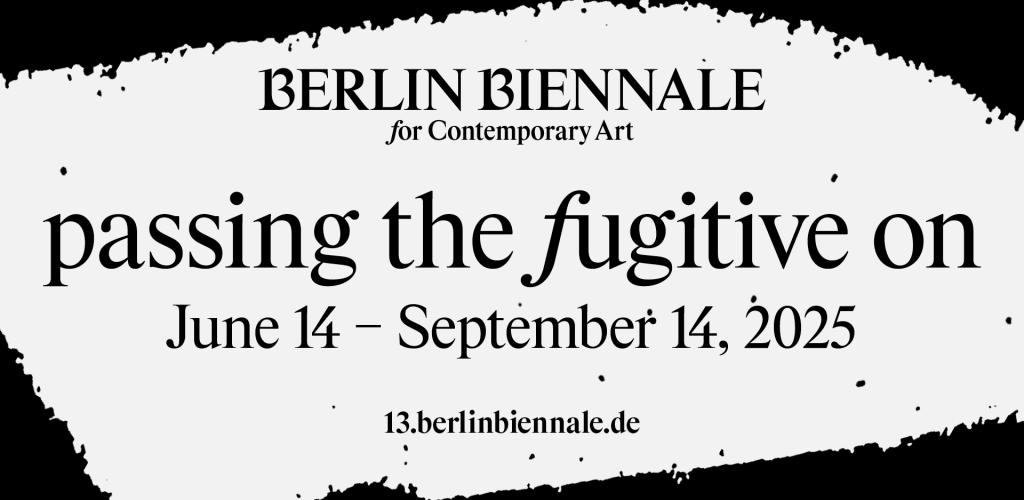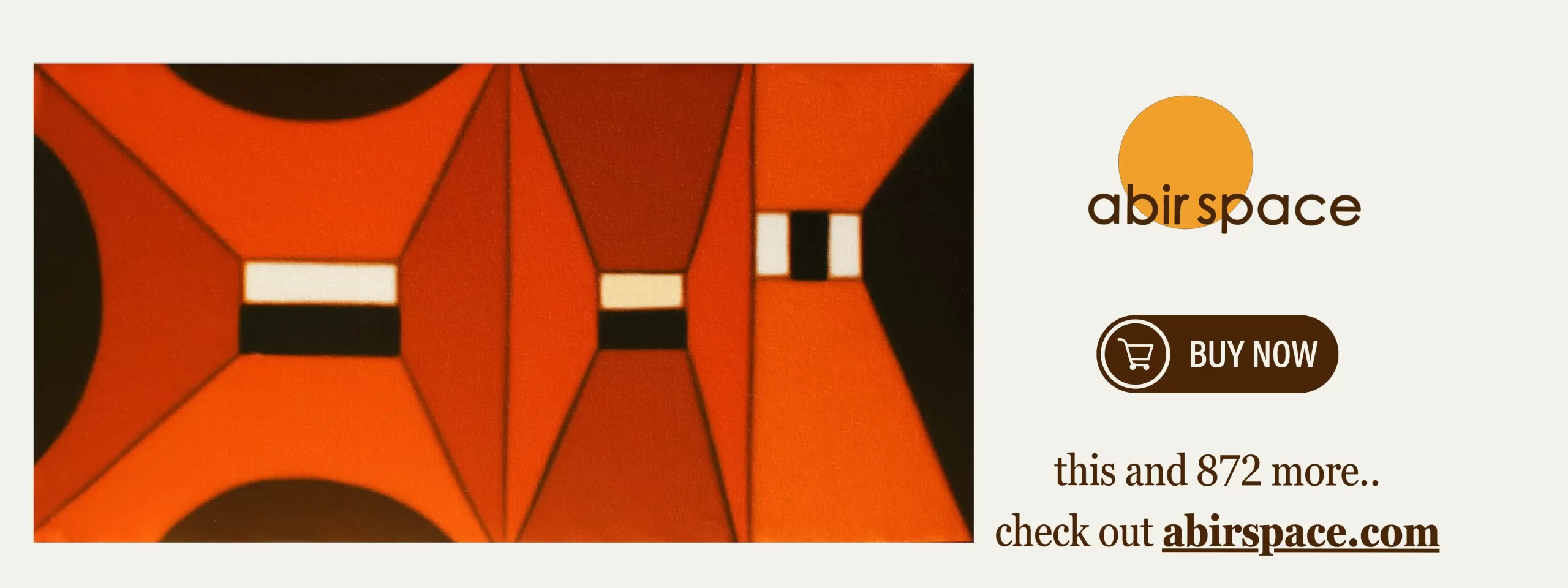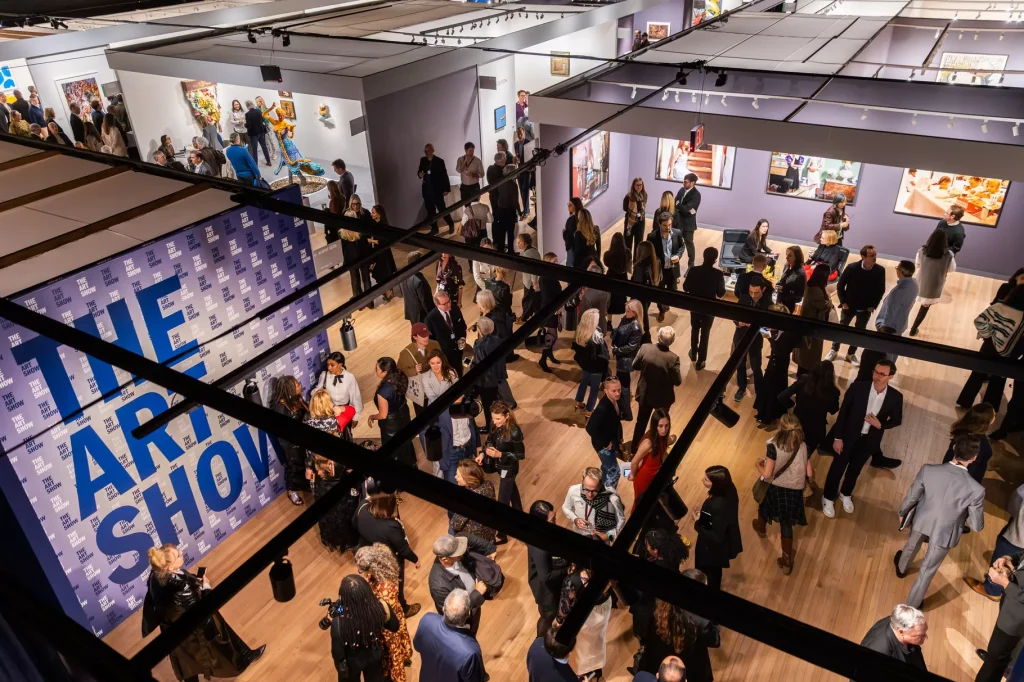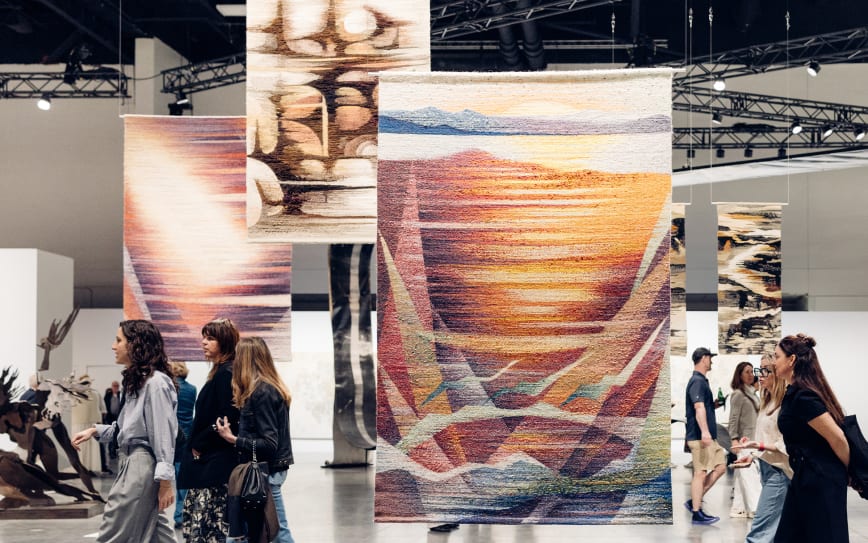The 13th edition of the Berlin Biennale for Contemporary Art, one of Europe’s most influential platforms for experimental art, opened its doors on June 14, 2025, and will run until September 14. Staging over 170 works by more than 60 artists and collectives across four historically charged venues, this year’s biennale promises to reshape the contemporary art conversation in the German capital.
Curatorial Vision: “passing the fugitive on”
Curated by Zasha Colah with Valentina Viviani as Assistant Curator, the exhibition unfolds under the evocative theme “passing the fugitive on.” The concept investigates fugitivity—both as an artistic approach and a societal condition—using the urban fox as a central metaphor. These animals, spotted within Berlin’s cityscape, become symbols for the art world’s engagement with ideas of escape, resistance, and survival amid oppressive structures.
Colah describes the exhibition as a “missive…to the received,” urging visitors to not only receive cultural evidence but also become fugitives themselves—carrying forward, protecting, or reinterpreting these narratives for future transmission. This approach foregrounds orality, embodied experience, and suppressed histories, highlighting how artistic voices navigate censorship, militarization, and ecocide.
Historic Venues with Ambivalent Pasts
The Biennale spans four venues, each layered with Berlin’s turbulent history:
- KW Institute for Contemporary Art: The Biennale’s traditional home.
- Sophiensæle: A venue tracing its roots through worker education, revolutionary movements, Nazi-era forced labor, and postwar cultural resurgence.
- Hamburger Bahnhof – Nationalgalerie der Gegenwart: A former train station transformed into a major contemporary art museum.
- Former Courthouse Lehrter Straße: Opened to the public for the first time, this space once served as a military courthouse and prison.
The curators deliberately selected sites with dual legacies—of violence and resistance—tracing Germany’s journey from the empire era through the division of the country, National Socialism, and into the contemporary period.
Artistic Highlights and Collaborations
The international roster features names such as Akademia Ruchu, Amol K Patil, Anawana Haloba, Anna Scalfi Eghenter, Armin Linke, Busui Ajaw, Chaw Ei Thein, Daniel Gustav Cramer, Elshafe Mukhtar, Han Bing & Kashmiri Cabbage Walker, Helena Uambembe, Htein Lin, Jane Jin Kaisen, Kazuko Miyamoto, Memory Biwa, Padmini Chettur, Sarnath Banerjee, and Tsuyoshi Ozawa. Collaborative projects such as “flowers” and “fugitivity” include contributions from artists like Steve McQueen and Ceija Stojka.
Partnerships and Sister Organizations
Further extending its cultural reach, the Biennale partners with several “sister organizations”:
- European Roma Institute for Arts and Culture (ERIAC)
- Filmrauschpalast Moabit
- SİNEMA TRANSTOPIA
- Sophiensæle
These collaborations enrich the Biennale’s programming and foster reflection on Berlin’s diverse artistic communities.
Engaging the Public: Encounters, Education, and “Fugitive Acts”
A program of public encounters emphasizes direct transmission of knowledge and memory. Events include:
- Reading groups and scientific lectures
- Tribunals and collective walks
- Performance art and comedy nights
- Unannounced “fugitive acts”—spontaneous or ephemeral interventions
Educational opportunities abound: guided “Focus Tours” are led by “Difficultators” (mediators with multi-perspective training), while “Open Ateliers” welcome families to hands-on workshops every Sunday. A “University Triangle” summer school unfolds in July, and a Curators Workshop offers professional development in September.
Leadership and Legacy
Directed by Axel Wieder since 2024 and organized by KUNST-WERKE BERLIN e.V. with support from the Kulturstiftung des Bundes, the Biennale has evolved since its 1998 founding into a major force in global contemporary art. Notable curators from previous years include Klaus Biesenbach, Maurizio Cattelan, and Kader Attia.
Significance: A Platform for Fugitive Narratives
The 13th Berlin Biennale arrives at a pivotal moment for cultural testimony. By exploring fugitive knowledge, oral histories, and alternative modes of resistance, the exhibition challenges audiences to consider how art can serve as both witness and catalyst. The deliberate use of sites marked by both oppression and resilience provides a resonant spatial context for work that testifies to survival and transformation.
With its ambitious scope, diversity of voices, and innovative programming, “passing the fugitive on” ensures Berlin remains a central axis of cultural discourse and exchange in the 21st century.
Contributor





